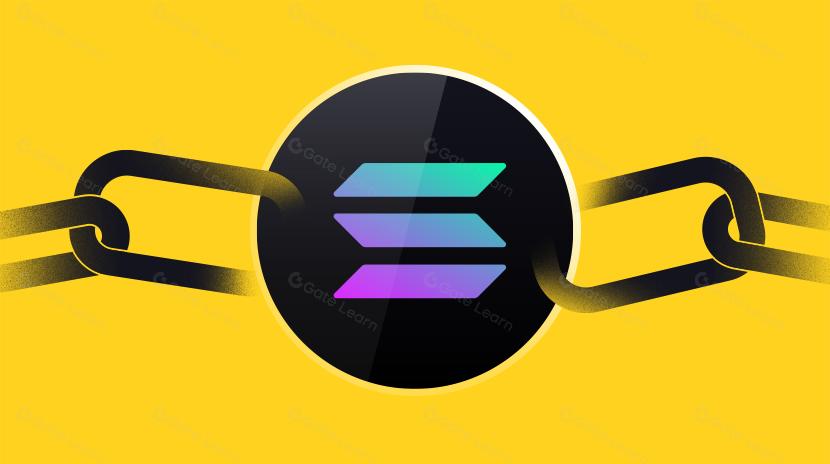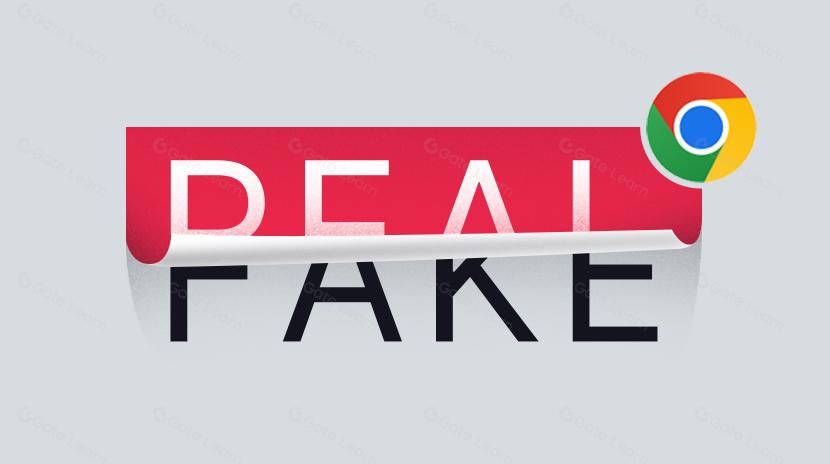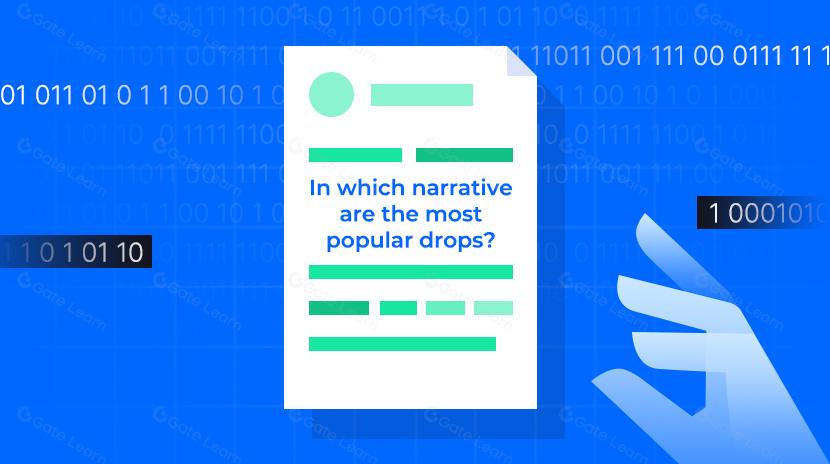3 億元融資,獲 CFTC 認可,Kalshi 正積極爭取預測市場領導地位
隨著紐約證券交易所母公司洲際交易所(ICE)於 10 月 7 日宣布將以約 90 億美元估值投資 20 億美元於預測市場平台 Polymarket,短短三天後,另一預測市場巨擘 Kalshi 也完成了 3 億美元融資,估值高達 50 億美元。
同時,Polymarket 創辦人 Shayne Coplan 近期多次轉發或按讚平台可能推出代幣的相關貼文,這次他在社群媒體上直接列出一串主流加密資產代號並加上 $POLY 的 Ticker,某程度上已明確釋出發行代幣的訊號。這一連串消息引爆社群 FOMO 氣氛,預測市場賽道再度成為討論焦點。
律動 BlockBeats 因此整理了多項實用技巧與工具,協助大家更有效參與預測市場平台的空投。以下將分別解析 Polymarket、Kalshi、Myriad、Limitless 等平台的刷量策略。
Polymarket
儘管市場傳言 Polymarket 已進行空投快照,但仍具參與價值。
Polymarket 作為目前規模最大的去中心化預測市場之一,機制設計上特別保留「流動性激勵」空間。為鼓勵用戶在訂單簿掛單提供流動性,Polymarket 推出限價單流動性獎勵計畫,使用者在訂單簿接近市場中間價位置掛出買單或賣單(相當於做市商角色),可獲每日獎勵。獎勵資金來自 Polymarket 財政庫,依掛單深度及距中間價遠近計算。簡言之,掛單越接近市場中間價、掛單量越大,獎勵越高。
此機制衍生出極端掛單套利模式。有部分用戶會在價格區間極端端點大量掛買單,當市場劇烈波動、事件機率短暫低估時,這些低價買單自動成交,撿便宜籌碼,待價格回歸再出售獲利。由於這類掛單多遠離中間價,成本極低,卻可承接市場恐慌性拋壓,達到高性價比建倉。同時,未成交掛單在等待期間還能賺取平台流動性獎勵。但此策略亦有風險,需謹慎操作。
除流動性激勵外,Polymarket 設有長期持倉收息機制,穩定長期事件市場價格。平台針對部分長期市場提供年化 4% 的持倉獎勵(Holding Rewards)。凡持有這類市場頭寸者,平台每小時隨機抽樣計算持倉規模,並每日發放利息。因此,刷量策略之一即於這類市場長期持有頭寸以獲穩定收益,再於關聯市場對沖以降低波動風險。例如,在「某候選人當選」市場持有大量「是」頭寸賺取利息,同時在「其他候選人當選」市場做空等額頭寸,達到風險對沖,只賺持倉利息。
另一常用技巧是利用關聯市場做無風險套利。原理類似合約交易的對沖費率差,針對同一事件若有多個相關市場,玩家可監控其價格是否偏離合理機率。當發現兩市場價格合計不等於 1(即兩邊機率總和非 100%),即可同時買入低估方、做空高估方,鎖定無風險利潤。
例如,「A 勝」市場價格為 0.40(隱含 40% 機率)、「B 勝」市場價格為 0.50(隱含 50% 機率),兩者合計僅 90%,代表市場低估某結果的可能性。此時可買入 A 勝(低估)並賣出 B 勝(高估)等量合約,總投入小於 $1,持有至結算即可無風險獲利。
因 Polymarket 生態支持及社群活躍,目前市面已出現多款專業套利工具。Polyfactual 平台運行跨平台套利機器人,全天監控 Polymarket、Kalshi 等多平台相同事件報價,一有價差即同步買賣鎖定利潤,並發行代幣,持幣者可依持倉比例分潤。Nevua Markets 則允許用戶設關鍵字警示,第一時間捕捉市場間價差機會。
此外,社群開發 PolySights、Polyburg 等工具,能即時監測市場價差、深度及成交數據。結合簡易 Python 腳本,有助快速識別套利或高勝率機會。官方收編的 Polymarket Analytics 平台則數據穩定,可按市場或地址查詢交易量、未平倉頭寸、價格走勢及帳戶盈虧等詳盡指標。
總結,小倉用戶刷量宜以掛限價單賺流動性獎勵為主,大倉用戶則可於特定市場長期持有頭寸賺取利息,並透過對沖關聯市場降低風險。
Kalshi
Kalshi 年交易量由去年 3 億美元爆增至今年預估 500 億美元,近幾個月更超越 Polymarket,奪下預測平台市占逾 60%。Kalshi 亦與 Robinhood、Webull 等主流券商合作,將事件合約交易嵌入數百萬散戶常用投資 App,大幅提升預測市場於一般投資者間的滲透率,成為不可錯過的市場機會。
Kalshi 對每筆成交收取合約金額 0.7%~3.5% 交易費(依價格浮動),平台不直接從用戶盈虧獲利。所有待成交限價單則免手續費,Maker 激勵確保訂單簿流動性充沛。
善用 Kalshi 手續費政策,使用者可透過掛單大幅降低交易成本,達成小資本刷出巨額交易量。例如優先以限價掛單提供流動性,Kalshi 對未即時成交掛單免收費用,訂單成交後做市商(Maker)亦免交易費。因此欲刷交易量者應避免直接「吃單」成交,改於較佳價位掛單等待成交。
舉例,若看好某事件發生,無須立即吃入賣單,可於稍低價位掛買單等成交。反之亦然,即便掛單暫難成交亦不產生費用,可隨時撤單或調整報價。持續掛單並根據市場變動頻繁調整報價,既可於價差縮小時成交累積交易額,又可避免頻繁吃單造成高手續費。
選擇資訊不對稱的「小眾市場」也是以小搏大的刷量手法。Kalshi 熱門市場(如聯準會利率決議、總統大選)競爭激烈、價格高效,普通用戶難以取得優勢。反觀冷門市場資訊差大,更適合精耕細作、小資投入博取高報酬。
資深交易者建議關注如「小型上市公司季度業績」、「特定地區天氣指標」等細分市場。若在相關領域具專業或掌握官方數據,評估事件機率會優於大多數人。此類市場初期交易清淡、波動劇烈,透過反覆小額掛單交易不僅能刷出可觀交易量,亦可能因價格回歸獲得超額收益。
一位 X 平台用戶 Argona0x 分享實戰經驗,僅以 10 美元起步,專攻資訊差大市場,每日進行 20-30 筆小額交易,並利用 Kalshi 免費賽事與積分活動,每週可額外獲約 40 美元獎勵。雖個別差異大,但聚焦細分領域、發揮資訊優勢確實是低成本刷量有效途徑。
為控管風險,切忌將大部分資金壓在單一市場,適度分散必不可少。特別是流動性較差市場,要預設止損線,例如虧損達總資金 5-10% 時及時離場,避免突發行情造成重大損失。有經驗者分享,他們通常同時參與 Kalshi 上 3-5 個不同類別市場,每市場投入不超過總資金 20%,有效降低「黑天鵝」事件衝擊。
Kalshi 生態開放性亦催生多元第三方工具與策略,協助用戶提升刷量效率與勝率。有社群開發者聚合多個預測平台數據,製作跨平台行情儀表板,便於同步監控 Kalshi、Polymarket 等平台價格差異。
例如 ArbBets 是一款套利掃描工具,能跨博彩及預測市場進行套利掃描。它可同時監測超過 100 家傳統博彩及預測平台(含 Polymarket、Kalshi),即時發現同一事件報價不一致,提示用戶同步買入兩邊合約鎖定無風險利潤。ArbBets 亦提供正期望值(+EV)投注篩選,協助用戶定位 Kalshi 或 Polymarket 上勝率高於賠率隱含機率的投資機會。
再如 Billy Bets AI Agent 結合即時數據及機器學習模型,能自動發現高勝率投注並協助下單。Billy 提供自然語言交易終端,允許用戶輸入「今晚 NFL 橄欖球有哪些正 EV 投注?」等指令,系統會即時回傳匹配盤口並自動下單,並提供即時 ROI 追蹤。
根據官方數據,自 2025 年 6 月推出以來,Billy 終端已路由逾 100 萬美元投注交易,週交易量成長率達 23%。此類 AI 代理降低用戶分析決策門檻,對希望以被動方式獲取高勝率交易者極為友善。
Myriad
Myriad 由 Decrypt 母公司 DASTAN 孵化,是一款 Web3 預測市場協議,最大特色在於能將預測市場嵌入新聞媒體內容。換言之,用戶閱讀 Decrypt 文章或收聽 Rug Radio Podcast 時,可直接於頁面參與相關主題預測投票。截止 2025 年 10 月初,Myriad 累積 USDC 交易量約 1850 萬美元,成交筆數逾 500 萬。
在 Myriad 平台,用戶可用積分(Points)參與預測市場。Points 可透過連結社群帳號、閱讀 Decrypt 文章、觀看 Rug Radio 影片、每日登入及完成指定任務等多種方式免費獲取。Points 雖不能直兌法幣,但高積分及高勝率可讓用戶名登上排行榜,未來有機會轉化為社群認可或特殊獎勵。
利用 Points 零成本刷交易量衝等級,是參加 Myriad 的首選策略。即使預測失誤亦無經濟損失,新手可先從積分預測練習,多嘗試各類市場與下注策略,實戰快速提升勝率。同時透過每日簽到、內容分享等任務累積更多 Points 增加「本錢」。
資深玩家還會創建低摩擦市場對敲刷量,Myriad 允許自訂創建新市場,一些老玩家會充當「房東」,設立短週期、低爭議小型市場,並用 Points 於買賣兩側掛出深度。例如選個簡單明瞭的加密或體育事件(如 PNKSTR 10 月是否突破 4 億美元市值)。
此類小眾市場初期參與者少,創建者可用少量積分於買單、賣單兩邊掛厚度,讓市場看似交易活躍,吸引其他用戶參與。平台亦有偵測機制防範純自成交刷榜,操作時須確保交易具一定真實隨機性,避免純機器人自買自賣。總體而言,善用積分市場自由創建、撮合的特性,能大幅提升帳戶交易筆數。
由於 Myriad 處於早期發展階段,活躍用戶往往能獲得超預期回報,例如某次官方積分排名賽前 100 名用戶獲得未來 $MYR 代幣優先認購資格,參與社群測試並回饋者也列入首批空投白名單。因此,除了刷交易量外,積極融入社群、關注官方 Discord 動態,常可收穫額外隱藏福利。
總結來說,Myriad 為用戶提供低門檻練習及參與預測市場的創新平台。充分利用積分體系及媒體嵌入特性,用戶可在零經濟風險下提前累積實戰經驗,未來平台發行代幣或推動更多獎勵機制時,這些量變就有機會轉化為質變。
Limitless
Limitless 部署於 Base 區塊鏈,是新興預測市場平台,自 2024 年上線以來用戶成長快速,迄今累積交易額逾 4 億美元,活躍用戶超過 3.7 萬。產品設計借鏡中心化交易所訂單簿模型,支援拆分合併 Yes/No 頭寸提升資金效率,亦允許交易多選項事件市場。
Limitless 已公布即將發行平台代幣 $LMTS,雖曾遭質疑項目方「刷」交易量,但資深投資方加持令市場熱度不減,國慶期間 kaito 預售仍超募 200 倍。第一季空投積分活動已結束,現積分計畫進入第二賽季(2025 年 9 月 22 日起至 2026 年 1 月 26 日),期間用戶可透過交易、流動性提供、邀請新人成員等方式累積積分。
參與 Limitless 積分計畫有兩項硬性規定:一,帳戶累積交易量須達 $200 方具積分排行榜資格;二,平台強調交易品質,將過濾純隨機刷單,僅積極參與真實市場、提供「有意義」流動性者可獲高分。
換言之,若僅反覆對倒無關痛癢小額訂單,積分收益甚低甚至不計入。反之,積極參與熱門市場、透過掛單加深訂單簿,系統將給予更高權重。主動提供流動性亦是穩定積分來源,每賽季結束將依積分將用戶分為銀牌、黃金、白金、鑽石等級,各級享有加成獎勵(鑽石級最高可額外+20%積分)。
由於單純小額交易難以迅速累積積分,刷量玩家多優先用對沖鎖定大額交易量。方法是在結果幾乎確定的市場,用大小號帳戶對賭。
例如某事件即將結算且勝負無懸念,Yes 合約價格已至 $0.998,No 僅 $0.002。此時可用帳號 A 以 $0.002 買入 1000 份 No(成本約 $2),帳號 B 以 $0.998 買入 1000 份 Yes(成本約 $998),合計創造 $2000 交易量。最終結果無論如何,一帳收益幾乎完全抵銷另一帳損失,總資本近乎全身而退。
其核心在結算前(最後一分鐘),於勝負幾乎已定市場,分別押注勝率約 99%、1% 的雙方,利用確定事件對沖,快速刷出大額成交量。
另一策略為大範圍掛單賺做市積分。Limitless 計算用戶貢獻時,只要掛單進入訂單簿即視為流動性貢獻,無需成交。玩家可於極端價位掛出巨額訂單佔據盤深,例如以 99.9% 價格掛 1000 份賣單(即 $0.999 賣出 Yes 或買入 No),實際保證金僅需 $1。換言之,1 美元即可為市場提供 1000 份深度。如系統抽樣積分時記錄到掛單,即給予積分獎勵。可於多市場、多價位同時掛深度單,極低成本換高額積分。
這些掛單多數不會成交(除非極端行情),幾無虧損風險。但須注意平台監控,過於機械化大額掛單易招注意,建議於交易活躍市場分散掛出,使流動性貢獻更自然。
Limitless 雖鼓勵刷量,交易品質仍為積分評級關鍵,建議策略搭配,勿僅於冷門市場對倒,否則易被視為無效交易。可選熱門市場刷量,對沖操作亦宜安排於有真實交易量市場,避免過於顯眼。
同時,適度參與正常交易以累積真實獲利或虧損紀錄。有社群用戶分享,會將刷量與真實押注結合,達到積分要求交易量後,挑選有信心事件下注獲利,一方面彌補刷量手續費,二來讓帳戶盈虧曲線更自然。公開排行榜上,交易量大且勝率佳的帳號,未來更可能受官方青睞。
目前 Limitless 已明確表示將於本賽季結束以空投方式發放 $LMTS 代幣,第二賽季持續至明年 1 月底。作為 Base 生態成員,Limitless 受惠於 Base 認證的潛在空投「一魚兩吃」,加上 Coinbase Ventures 等頂級機構加持,長期前景普遍看好。
聲明:
- 本文轉載自 [BlockBeats],著作權歸屬原作者 [BUBBLE],如有轉載異議,請聯絡 Gate Learn 團隊,團隊將依流程儘速處理。
- 免責聲明:本文所述觀點及意見僅代表作者個人立場,不構成任何投資建議。
- 文章其他語言版本由 Gate Learn 團隊翻譯,未註明 Gate 情況下不得複製、傳播或抄襲經翻譯文章。
相關文章

Solana需要 L2 和應用程式鏈?

Sui:使用者如何利用其速度、安全性和可擴充性?

錯誤的鉻擴展程式竊取分析

在哪種敘事中最受歡迎的掉落?

由幣安實驗室支持的必試專案,提供額外權益質押獎勵(包括分步指南)
